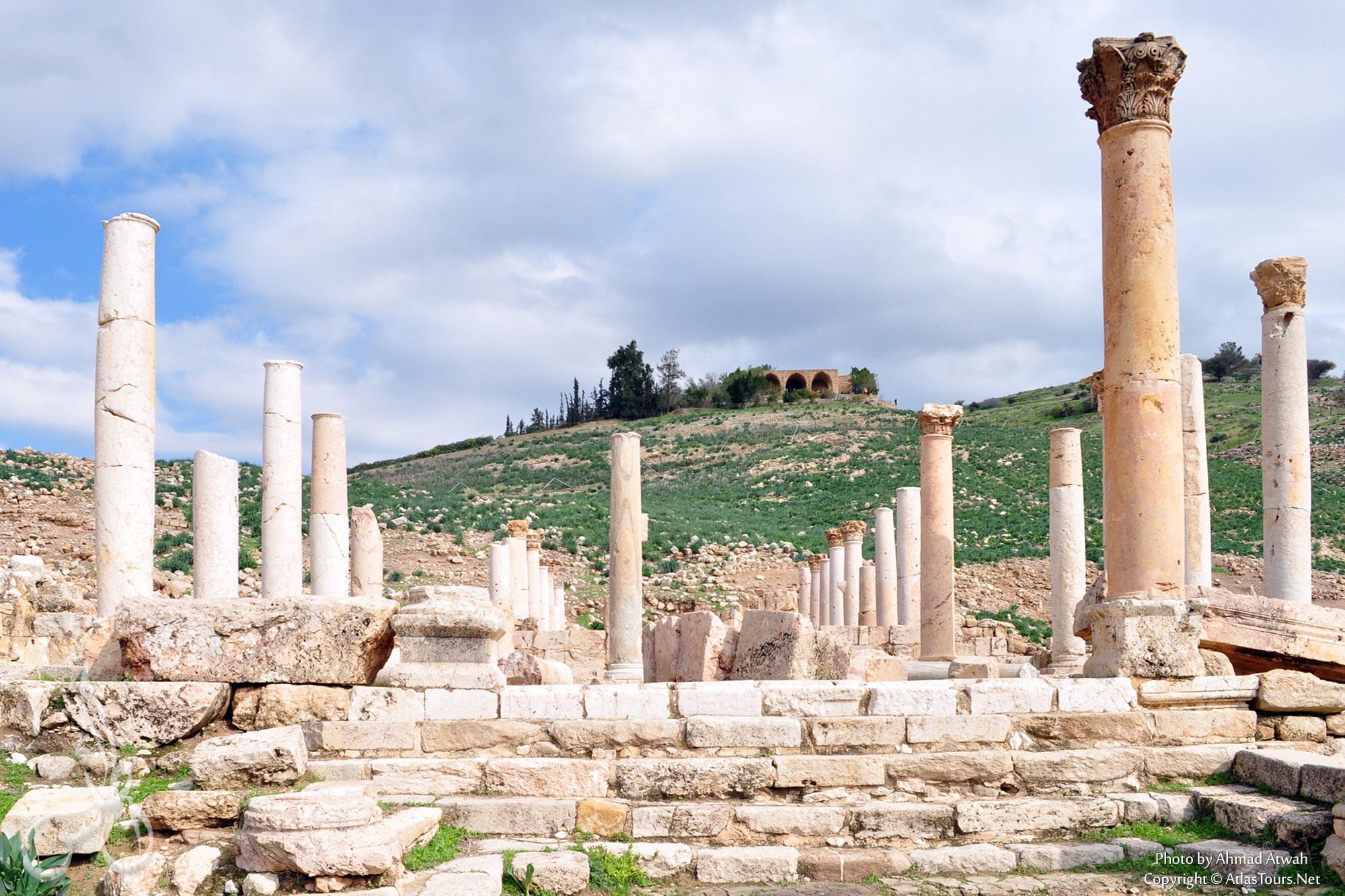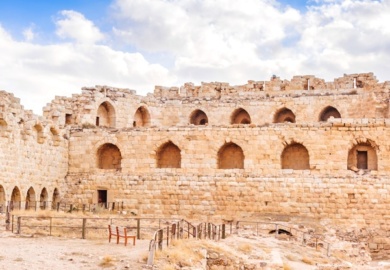PELLA
The first literary reference to the city is from the 19th century BC when it is mentioned in Egyptian texts as Pihilum, or Pehel. It was a flourishing trade center, with links with Syria and Cyprus as well as Egypt. On the division of Alexander’s Empire, its name was changed to Pella – either in honour of Alexander’s birthplace, or as a Hellenisation of Pihilum, or both. It changed hands between the Ptolemies and Seleucids,
After Pompey’s conquest in 63 BC its prosperity increased further as one of the cities of the Roman Decapolis, and the Roman city more or less eliminated the Hellenistic city. The Byzantine era saw a revitalization of Pella, as trade routes strengthened and local industries developed. Under them there was yet more building, in particular of churches – on a hillside overlooking the valley stands one such church, while another is near the river at the foot of the ancient tell.
After the 7th century Arab conquest, Pella continued as an Umayyad city for just over 100 years, and some superb pottery remains have been found here, made in the Jerash kilns. But like so many places in Jordan, the city was destroyed by the terrible earthquake of 747 AD. The site continued to be occupied during the Abbasid and Mamluk periods, but it was now a much smaller and more rural community. There was still a mud-brick village on the tell until 1970, but it was bombed in an Israeli strike across the border.




Facebook Comments